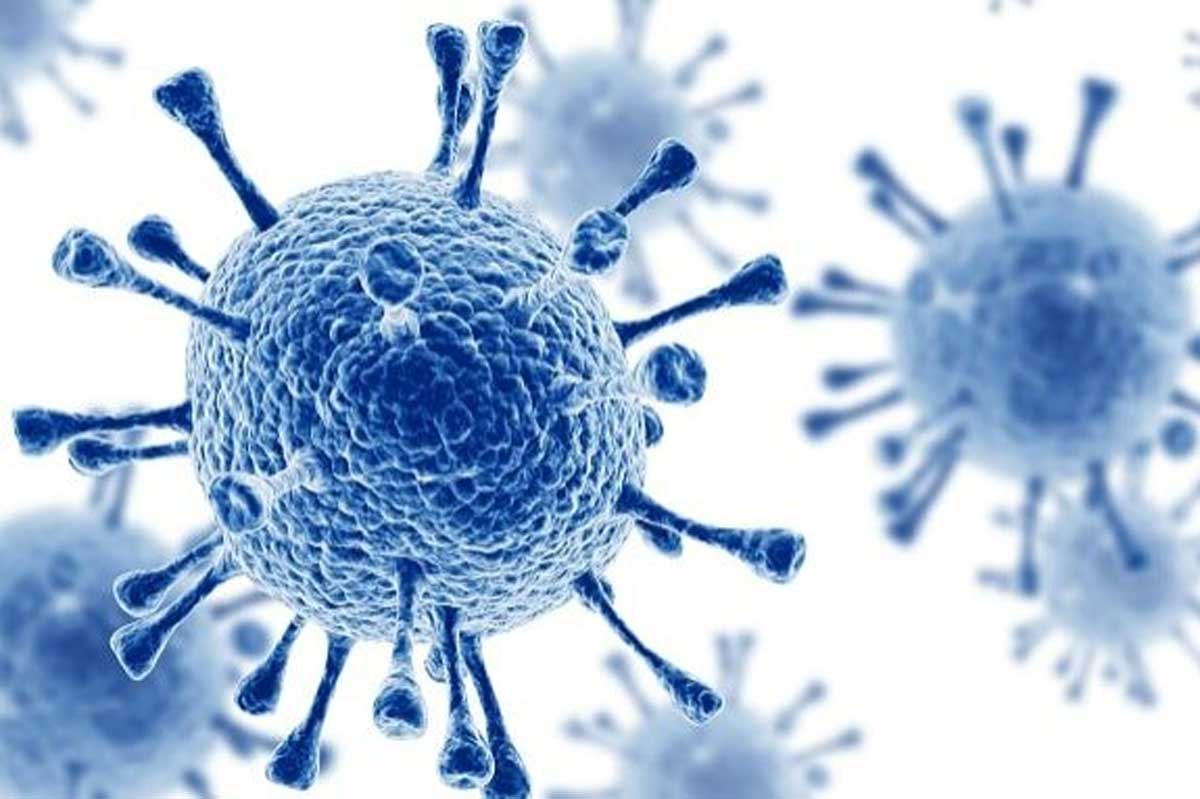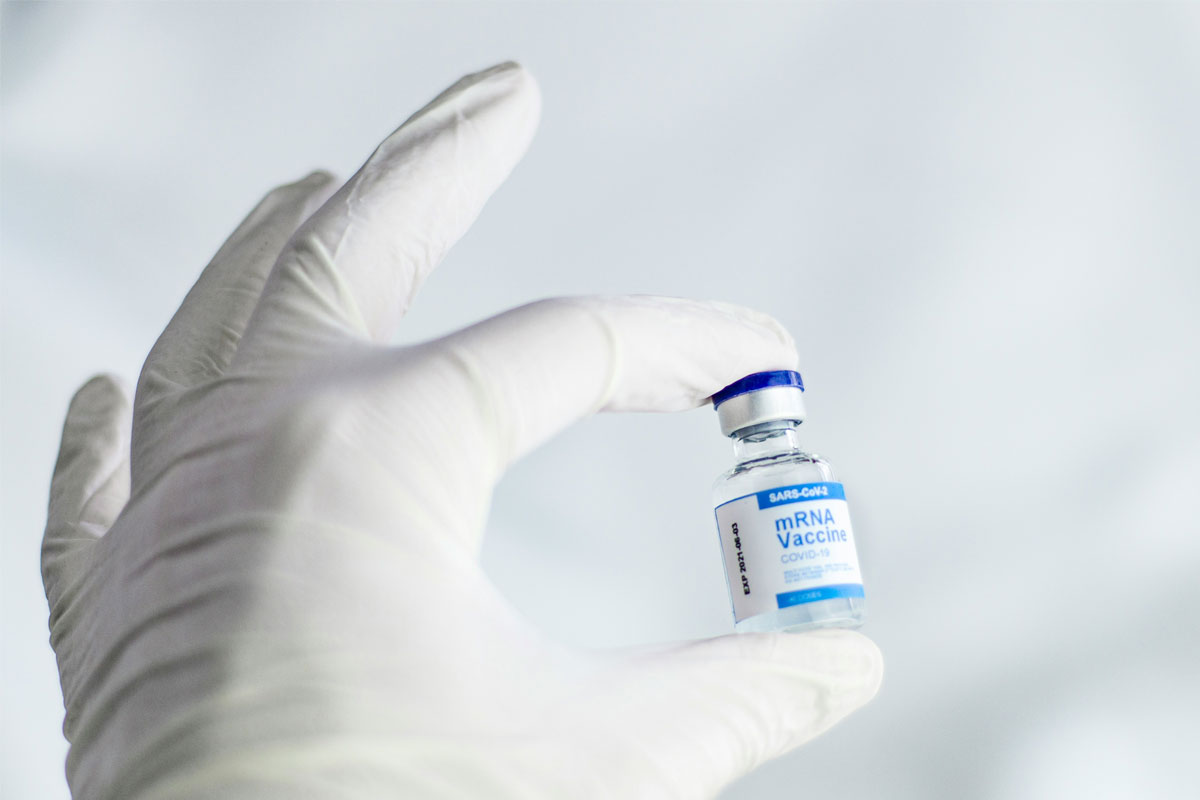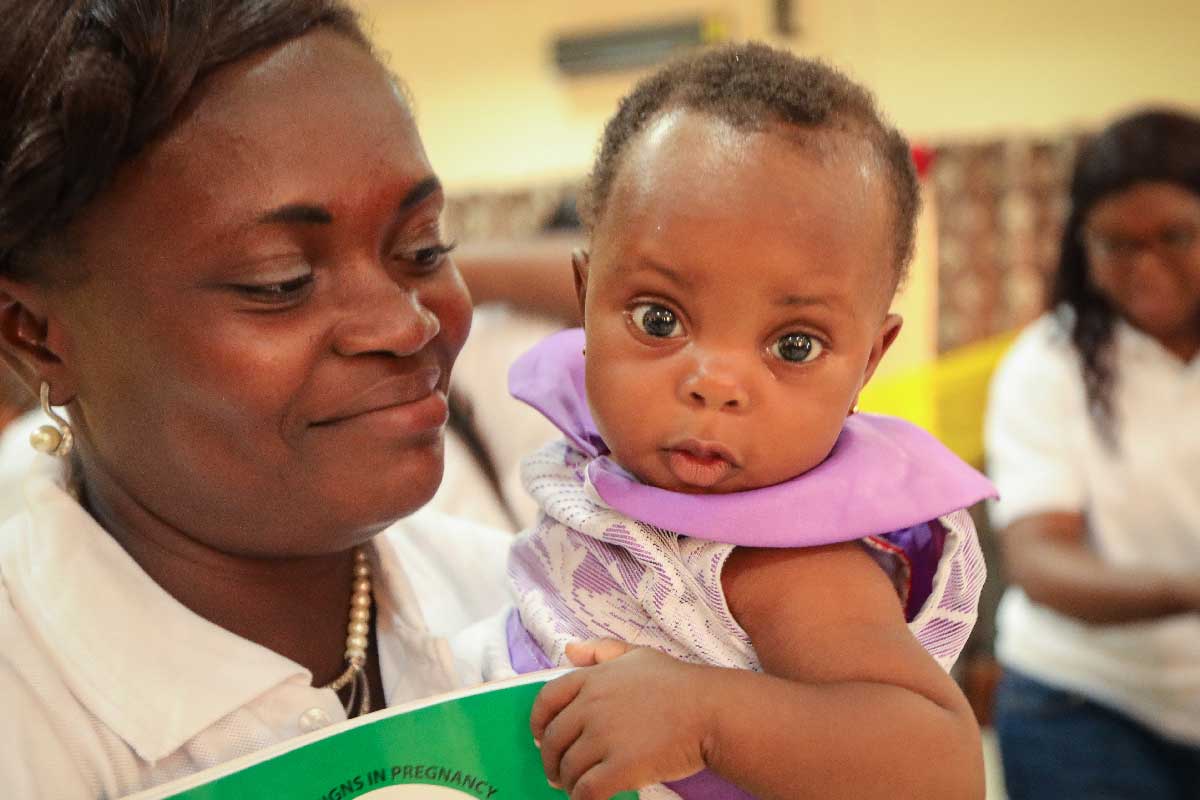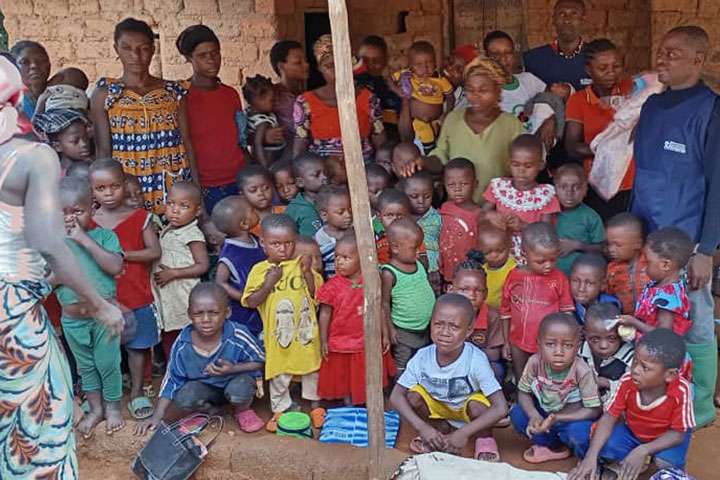Atomic precision: Pioneering HIV vaccine triggers key immune response
Scientists hail a new era of HIV vaccine design, as an experimental vaccine triggers the beginnings of a broadly protective antibody response in humans.
- 16 May 2025
- 3 min read
- by Linda Geddes

In a step toward ending one of the world’s deadliest pandemics, researchers have shown that it’s possible to spark the beginnings of a broadly neutralising antibody response against HIV – one of vaccinology’s greatest challenges.
HIV continues to infect more than a million people each year, most of them in sub-Saharan Africa. More than 600,000 people died from HIV-related causes in 2023.
Although antiretroviral drugs have helped reshape what was once a fatal diagnosis into a manageable chronic condition for millions, people’s ability to access them varies depending on where they live and their circumstances.
Evasive virus
Despite decades of research, an HIV vaccine remains elusive. A major challenge is that the HIV virus continually mutates to evade the body’s defences, while the immune system tries to keep pace. "In short, for a preventative HIV-vaccine to work it should induce broadly neutralising antibodies against all the diverse strains of the virus,” said Dr Tom Caniels, a postdoctoral researcher at Amsterdam University Medical Center (UMC) in The Netherlands.
“We've seen that those who have been infected with HIV have been able to develop these antibodies but it's incredibly challenging to trigger the body to produce these antibodies with a vaccination.”
To address this challenge, Caniels’ group and others have been pioneering a new approach: specifically targeting immature immune cells with the potential to develop into broadly neutralising antibody-producing cells, through a process called 'germline targeting'.
Have you read?
Youth squad
Most antibody-producing B cells have undergone extensive mutation and evolution inside the body, but they started out as germline B cells. Germline targeting aims to activate these cells by creating specially engineered vaccine components, called immunogens, that precisely bind to their receptors.
"Think of the human immune cells in terms of a youth football team,” said Prof Rogier Sanders at Amsterdam UMC, who supervised the latest study. “First, the germline-targeting vaccine scouts and recruits the talents from this youth team, then once the right cells have been primed, through multiple phases of training, shaping and polishing vaccines, the talented players are eventually shaped into world class football players.”
A previous study suggested that this approach has the potential to grow and produce broadly neutralising antibodies against HIV, but now the team has demonstrated it in an early-stage human trial.
Pioneering study
Having built a vaccine that delivers a dose of an immunogen related to a protein found on HIV’s surface, they recruited 47 adults to receive a high or low dose of the vaccine, or a placebo.
The vaccine successfully activated immature B cells in most recipients, and encouragingly one-third of the activated cells were of a type with the potential to latch onto the virus's entry site and block infection across multiple strains.
Publishing their results in the journal Science, the team claimed that the ability to target these precursor cells with “atomic-level accuracy” heralded “a new era of vaccine design”.
"Across the participants we saw an immune response that indicates that we're on the right track,” said Sanders. “We saw that we can target the cells that we need to target with atomic precision. The next step is to further stimulate these cells to secrete broadly neutralising antibodies.”







